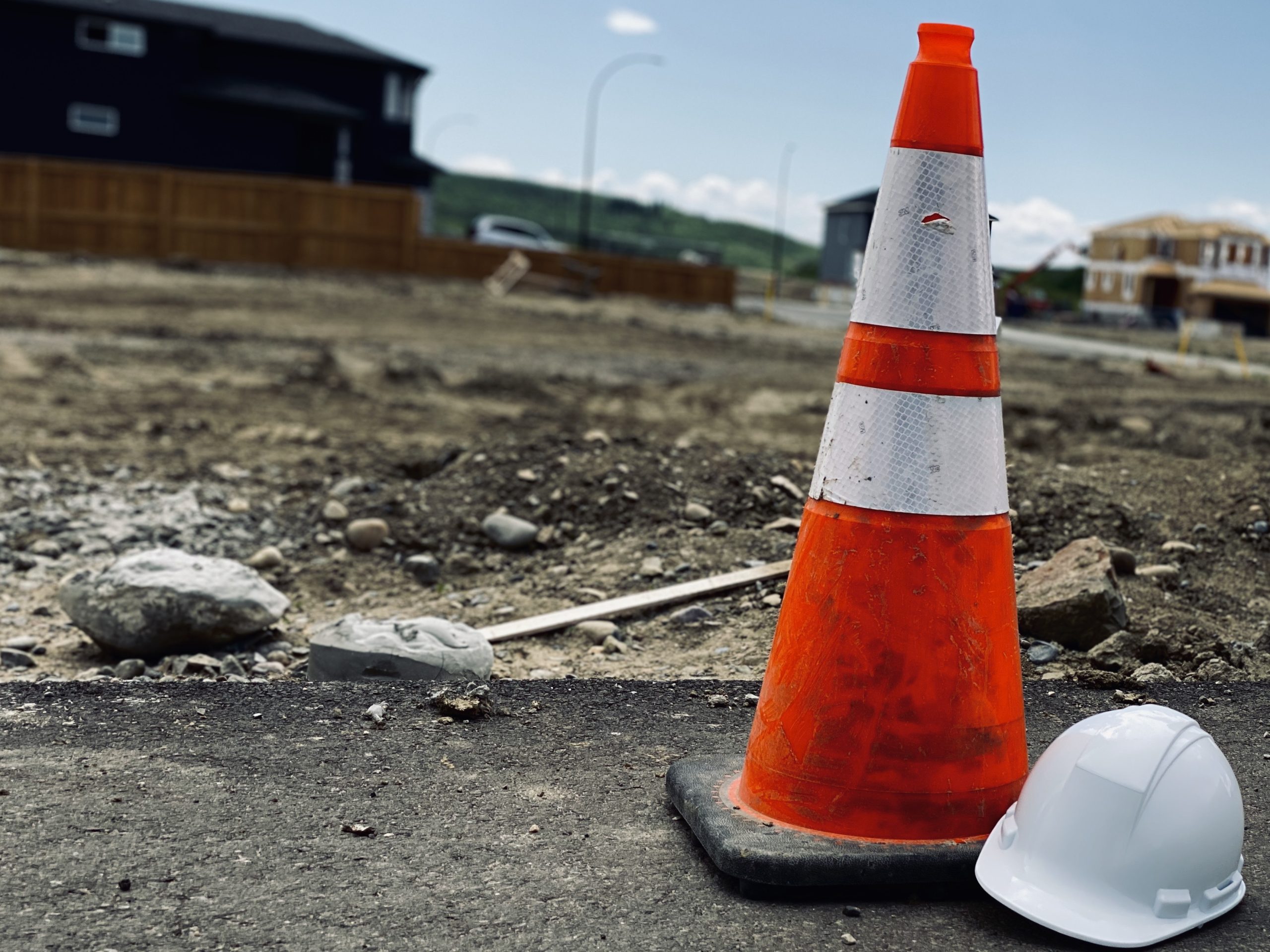A company’s occupational health and safety policy is a statement of principles and general rules that guide action. It has the same importance as the other policies of the organization. Management must ensure that this health and safety policy is carried out and implemented through the establishment of a health and safety program that meets OHS guidelines.
What is an occupational health and safety program?
A health and safety program is an organized written action plan designed to prevent incidents and occupational diseases and is required under occupational health and safety legislation in Canada. This program must contain the elements required by health and safety legislation. It should be clearly stated, signed by the CEO, kept up-to-date, communicated to each worker and followed for all work activities. A well-developed occupational health and safety program includes:
- Management’s commitment to protecting and promoting the safety and health of workers, and preventing injuries and illnesses.
- The objectives of the program.
- The organization’s health and safety philosophy.
- Who is accountable for the health and safety programs.
- The general responsibilities of all managers and workers.
- That health and safety shall not be sacrificed for convenience or expediency.
- That unacceptable performance of health and safety duties will not be tolerated.
How to meet OHS health and safety guidelines:
For any organization to meet the required health and safety guidelines, they need to:
- Know their responsibilities: Health and safety is a joint responsibility of management and workers.
- Workers must:
- Use personal protection and safety equipment as required by the employer.
- Follow safe work procedures.
- Know and comply with all regulations.
- Report any injury or illness immediately to the supervisor or manager.
- Report unsafe acts and unsafe conditions to the supervisor or manager.
- Supervisors must:
- Instruct workers to follow safe work practices.
- Enforce health and safety regulations.
- Correct unsafe acts and unsafe conditions.
- Ensure that only authorized or adequately trained workers perform tasks or operate the equipment.
- Report and investigate all incidents.
- Inspect the areas they have control over and take remedial action to minimize or eliminate hazards.
- Ensure equipment is properly maintained.
- Promote safety awareness in workers.
- Managers must:
- Provide a safe and healthful workplace.
- Establish and maintain a health and safety program.
- Ensure workers are educated, trained or certified, as required.
- Report incidents and cases of occupational disease to the appropriate authority.
- Provide medical and first aid facilities.
- Ensure personal protective equipment is available and maintained.
- Provide workers with health and safety information.
- Support supervisors in their health and safety activities.
- Evaluate the health and safety performance of supervisors.
- Ensure the health and safety program is reviewed at regular intervals.
- Ensure necessary changes are implemented.
- Consider a safety committee: For a safety program to be effective, the involvement of all workers is required. This is best accomplished through the establishment of a health and safety committee, a forum for collaborative involvement of employees representing labour and management. Such a group combines the workers’ practical knowledge of jobs with management’s overview of interrelationships, policies and procedures. This committee requires a clear statement of purpose and duties as well as standard meeting procedures.
- Establish safe work procedures: A company needs rules to govern work procedures and protect its employees. These rules should be specific to the health and safety concerns in their workplace, should be clearly stated and the health and safety committee should participate in their formulation. These rules should be available to all workers in written form and periodically reviewed to evaluate their effectiveness.
- Provide worker orientation: When a worker joins the company or is transferred to a new job within the organization, worker orientation should be provided. Orientation sessions should cover an explanation of the function of the work unit, organizational relationships, administrative arrangements and policies and rules. Items related to health and safety should also be included.
- Emergency procedures (evacuation and first aid).
- Location of first aid stations.
- Health and safety responsibilities.
- Reporting of injuries, unsafe conditions and acts.
- Use of personal protective equipment.
- Rights to know about the hazards of their work, to participate, and to refuse hazardous work.
- Hazards present at the workplace, including those outside their own work area.
- Reasons for each health and safety rule.
- Human resources, employment standards and health and safety-related policies and procedures (absence reporting, hazard reporting, reporting injury or illness, etc.)
- Support information (who to call when there is an emergency, technical issues, etc.)
- Security protocols
- Design an education/training program: An education/training program needs to be developed for the purpose of instructing workers about health and safety procedures and raising awareness/skill levels to the required standard. Training should be required at:
- Beginning of employment.
- Reassignment or transfer to a new job.
- Introduction of new equipment, processes, or procedures.
- Refresher, annual, or periodic education and training to ensure skills and knowledge.
- When there is a change to the legislative requirements.
- When inadequate performance is noted.
- Do workplace inspections: Workplace inspections identify existing hazards, enabling corrective action and a proactive approach to workplace health and safety. An inspection team should be established. Members of this team must have knowledge of regulations and procedures, experience with the work processes involved and knowledge of the hazards in the workplace. Checklists are useful aids.
- Establish emergency procedures: Plans for dealing with emergencies (fires, explosions, releases of hazardous materials, violent occurrences, natural hazards) must be established. These plans must be clearly defined in order to prevent or minimize fatalities, injuries and damage.
- Create a first aid program: A first aid program must be developed and should include the:
- Location of first aid stations or medical facilities.
- Location of any required supplies or equipment.
- Identification of first aid attendants.
- Identification of other staff trained in first aid.
- Policy on pre-employment and follow-up medical examinations.
- Procedures for transporting injured workers to outside medical facilities.
- Provision of first aid training.
- Procedure for recording injuries and illnesses.
- Promote worker involvement: Once the health and safety program is set in place and running smoothly, effort must be taken to maintain worker compliance, enthusiasm and interest. Safety awareness can be enhanced by:
- The setting of realistic goals and monitoring progress.
- Distribution of all pertinent information.
- Incorporating safe work outcomes into performance appraisals or job reviews.
- Individual recognition for superior performance.
- Continuing education and training, including general meetings, tailgate talks, and one-on-one coaching.
- Periodically evaluate your program: To ensure the effectiveness of a workplace health and safety program, scheduled evaluations (involving the reviewing of critical elements in the program) are recommended.
- Enlist the help of experts: As the requirements for an optimal health and safety program that meets and/or exceeds OHS requirements are rigorous, it’s wise to enlist the help of a safety consultant. An experienced, knowledgeable consultant can help you establish, fine-tune and maintain an effective health and safety program.
Management of a company must ensure that a health and safety policy that meets OHS standards is created, implemented through an effective health and safety program and maintained through periodic evaluation and review.
Need help creating, implementing and maintaining a health and safety program for your company? Looking for professional safety consultants that are passionate and knowledgeable? Want a safety consultant that responds in a timely manner and provides teaching at every opportunity? Seeking customer service that exceeds your expectations? Get in touch with 1st Quality Safety Consulting. We provide safety programs, monthly consulting packages, digital safety management software and online and in-person courses.








